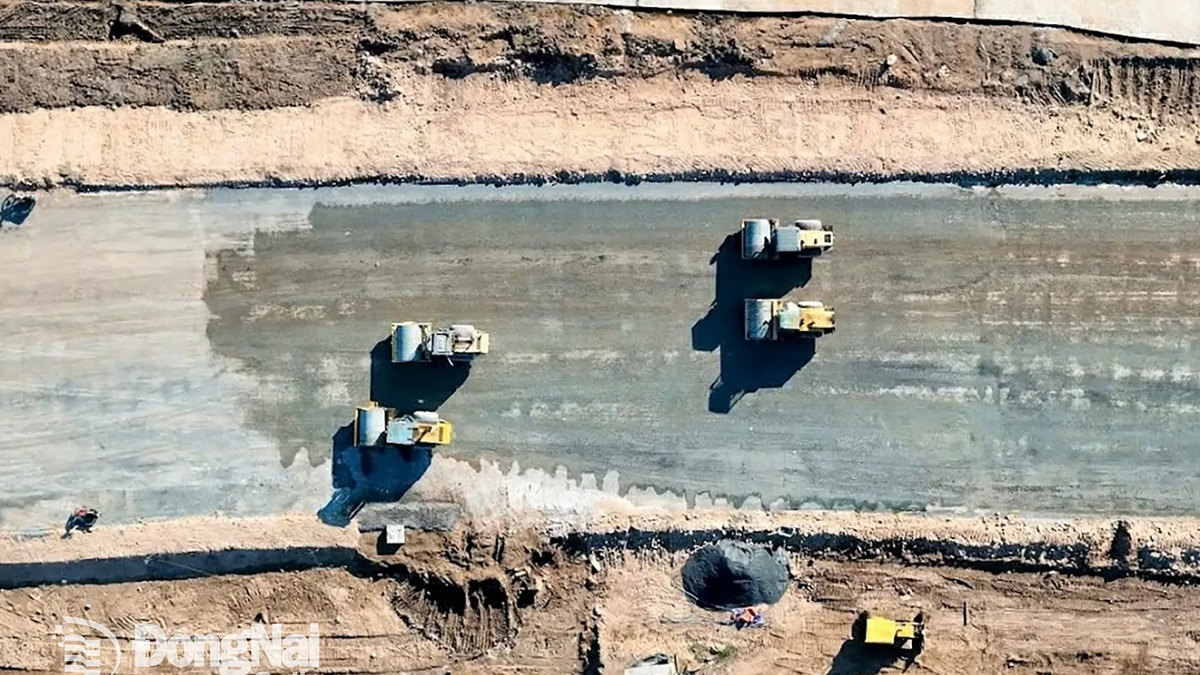US New study models the geology beneath New York compared with satellite data showing the city is slowly sinking into the ground.

Skyscrapers are densely packed in New York. Photo: Manhattan Club
New York is sinking at a rate of 1-2 millimeters per year under the weight of its skyscrapers. Some areas of the city are sinking faster. The deformation could spell trouble for the low-lying city, home to more than 8 million people. The discovery could spur efforts to develop mitigation measures, Science Alert reported on May 17.
In a new study published in the journal Earth's Future, geologist Tom Parsons of the U.S. Geological Survey and colleagues at the University of Rhode Island calculated the cumulative mass of more than a million buildings in New York City, which is 764,000,000,000 kilograms. They then divided the city into 100-by-100-meter squares and converted the building mass into downward pressure by taking into account the pull of gravity.
Their estimate includes only the mass of buildings and their interiors, and does not include New York City’s roads, sidewalks, bridges, railroad tracks, and many paved areas. Even with these limitations, the new calculations are more detailed than previous observations of subsidence in the city because they take into account the complex geology beneath New York City, which includes sand, silt, clay deposits, and bedrock.
By modeling the behavior of these substrates, the team found that clay-rich soils and man-made fills were particularly vulnerable to subsidence. Comparing the models with satellite data measuring ground elevation, the researchers mapped out estimates of subsidence across the city. They warn that increased urbanization, including groundwater pumping, is exacerbating New York’s subsidence.
New York is not alone in this. A quarter of Indonesia’s capital, Jakarta, could be underwater by 2050. Parts of the city are sinking by nearly 11 centimeters a year due to groundwater extraction. More than 20 million Jakarta residents now face the possibility of moving out of the city. Similarly, much of New York’s Manhattan is just 1 to 2 meters above sea level today.
An Khang (According to Science Alert )
Source link




































































































Comment (0)